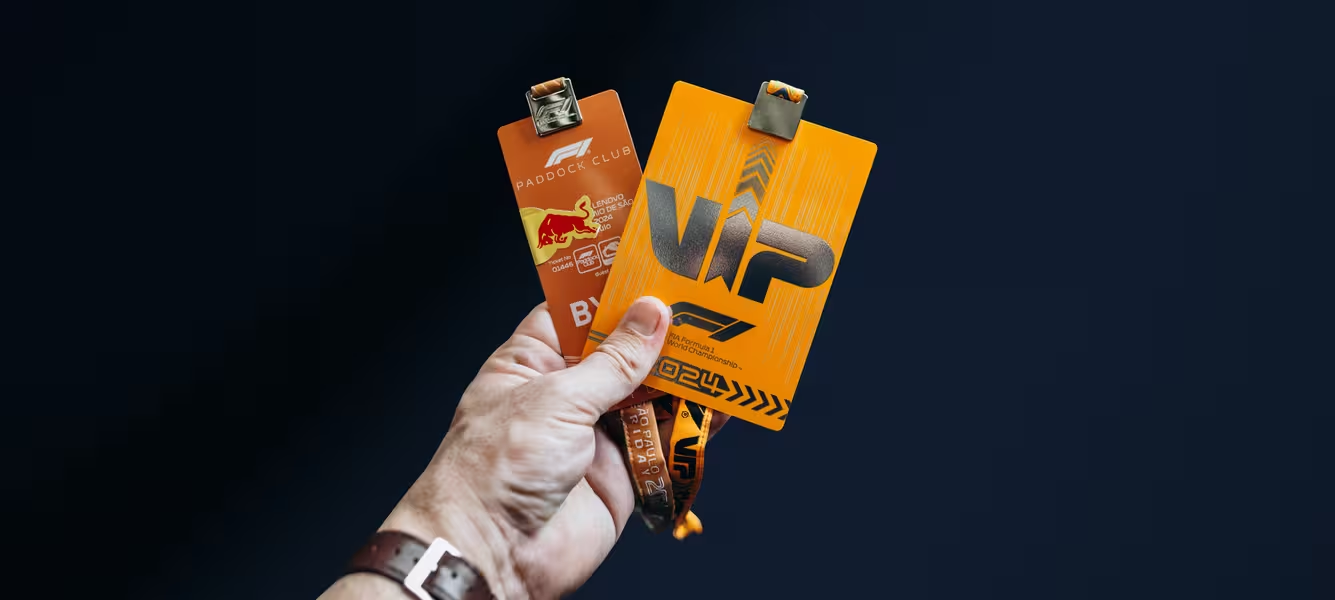Running Card Programs Like Campaigns: What Marketing Ops Teams Need to Know

Branded card programs have quietly become one of the most powerful tools in modern marketing. Once seen as back-office financial products, they now operate as front-line engagement channels - delivering data, loyalty, and measurable ROI in real time.
For Marketing Operations teams, that means one thing: it’s time to run your card program like a campaign.
The Marketing Shift: Cards as Always-On Channels
Every branded card is a media surface and data stream. It lives in customers’ wallets and apps, used daily, making it one of the few marketing assets that can reach consumers in real-world moments. Each transaction produces a verified signal: where, when, and why customers spend. That’s not just payment data - it’s marketing intelligence.
According to Bain & Company, embedded financial products create higher engagement and lifetime value by integrating payments directly into the brand experience. For marketers, that translates into a new always-on channel for loyalty and retention.

From Launch to Lifecycle
A card program should follow the same logic as a campaign: plan, execute, optimise. Marketing Ops teams can apply familiar campaign stages:
- Define your objective: Retention? Upsell? Acquisition?
- Segment audiences: Tailor tiers, rewards, and benefits to distinct cohorts.
- Set KPIs: Transactions per active user, retention rate, incremental spend.
- Track results continuously: Transaction data gives you instant campaign analytics.
Loyalty as Measurable Media
Traditional loyalty programs measure engagement through redemptions or survey data. Card programs measure behavior directly by frequency, value, and cross-channel activity. Capgemini found that customers are more loyal to brands offering integrated financial experiences, such as payment-linked rewards and digital wallets, because they simplify the experience.
Automation and Predictive Design
AI and data integration are turning card programs into self-optimising loyalty systems. Using predictive analytics, marketers can identify when customers are likely to disengage and trigger personalised incentives automatically. For instance, Convin company states that based on their experience, AI-driven engagement models improve customer retention.
For Marketing Ops teams, this means treating the card program like an always-learning campaign, not a static product.
Marketing Ops 2026 Playbook
Marketing Operations teams should prepare to:
- Integrate real-time data from payment platforms into CRM and campaign tools.
- Define KPIs that measure engagement per transaction, not just reach.
- Automate loyalty workflows using AI and embedded finance APIs.
- Collaborate cross-functionally with finance to prove ROI.
- Treat design and issuance as brand assets - visuals, materials, and messaging all matter.
Conclusion
The future of loyalty won’t be run from dashboards, it’ll be run from cards and wallets. When Marketing Ops teams manage card programs as dynamic, data-driven campaigns, every tap becomes a brand interaction, and every transaction, a measurable result. Embedded finance gives marketing the one thing it always wanted: proof of actions.
Related Articles
Learn more about how we can elevate your business




